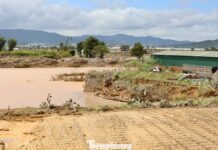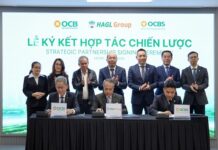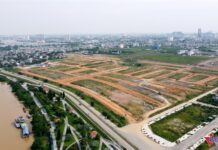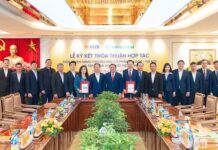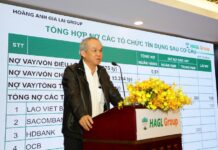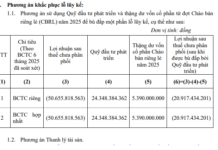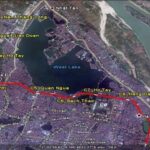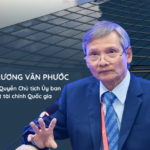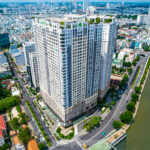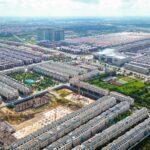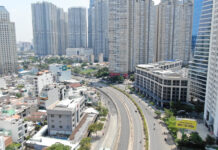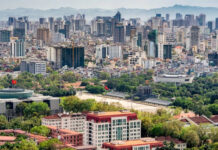Investors Gear Up for a Strong Market Comeback
According to the Q3 2025 real estate market report by Dat Xanh Services’ Institute of Economic, Financial, and Real Estate Research (DXS-FERI), primary sale prices continued their upward trend but with noticeable differentiation based on location and product type. Key markets like Hanoi and Ho Chi Minh City saw increases of 2–5% quarterly for low-rise segments and 5–7% for apartments. Other markets experienced modest growth of 2–3%.
The report highlights that buyers are now more open yet cautious in their property choices. A segment of investors and buyers is ready to capitalize on low-interest rates and attractive sales policies from developers. Some projects allow purchases with just a 10% down payment.
These positive signals are bolstered by macroeconomic factors: legal hurdles cleared, ample supply, low interest rates, and high liquidity. Together, they’re helping real estate businesses rebuild investment activities and strengthen capitalization.
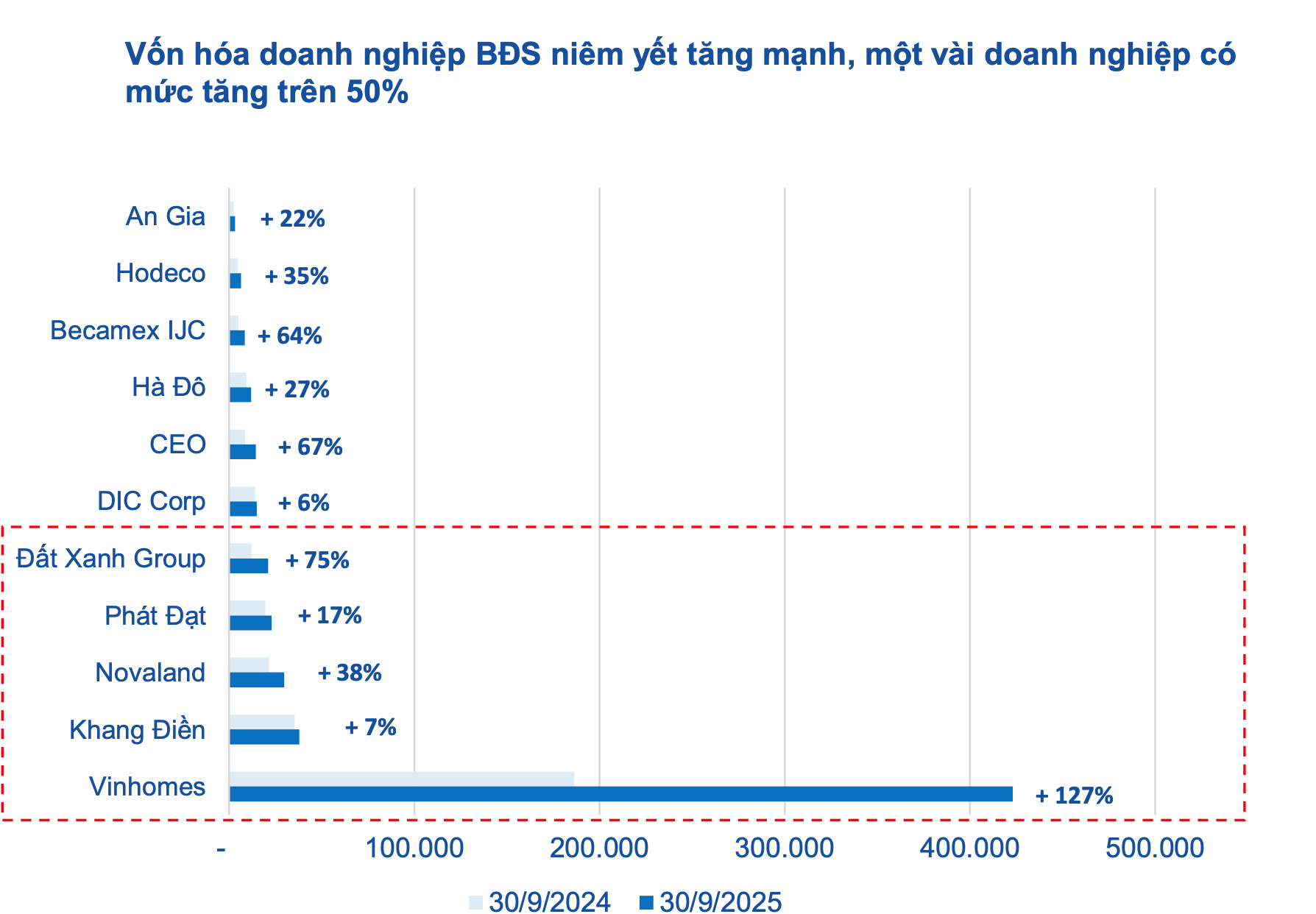
DXS-FERI reports growth in both quantity and quality for real estate enterprises.
Market vibrancy is evident through increased collaborations, M&A activities, the return of foreign developers, and the emergence of new players enriching the property supply. By September 2025, the number of real estate businesses increased by 96% year-on-year, with 1,699 new or reactivated companies compared to only 373 dissolved or suspended ones. Listed real estate companies’ capitalization also grew robustly, reflecting financial health and investor confidence.
Notably, Q3 saw developers actively relaunching projects, especially near key infrastructure. Projects like The Privé (near Thu Thiem and Metro Line 2) and The Gio Riverside by An Gia (at the confluence of Dong Nai and Ngoc Rivers, close to Hanoi Highway and Tan Van Junction on Ring Road 3) have attracted significant interest, with the latter releasing its final 700 units and integrating on-site schools.
Other projects like Spring Ville (near Long Thanh Airport) and Eco Retreat (between Ring Roads 3 and 4) also saw positive responses during their launches.
DXS-FERI data shows nearly 30 new projects launched in Q3 2025 across former provinces of Binh Duong, Long An, BR-VT, and Dong Nai, while HCMC’s former areas had limited new supply. New projects concentrated around Ring Road 3, Tan Van Junction, and Ring Road 4 in HCMC.
New Growth Drivers
Trinh Thi Kim Lien, Director of Product Business Development at Dat Xanh Services, emphasized that 2025 marks a pivotal year with positive market dynamics accumulating toward a formal recovery in 2026.
Infrastructure development remains a key driver, with projects like Ring Roads 3 and 4 in HCMC, Metro Lines 1 and 2, and highways connecting Long Thanh Airport creating multi-dimensional regional connectivity.
The Binh Duong–HCMC–Ba Ria–Vung Tau urban cluster is evolving into an integrated industrial-service-seaport hub, reducing project completion times and easing inner-city congestion.
HCMC’s GRDP, post-merger, is estimated at ~25% of Vietnam’s economy in 2024, reaching ~$107 billion with ~13.6 million residents, positioning it to compete with regional growth hubs like Metro Manila (~$141 billion) and Jakarta (~$168 billion).

Apartments saw the highest price increases nationwide, especially near key infrastructure. (Illustrative image)
In late August 2025, HCMC approved a Transit-Oriented Development (TOD) plan, defining 1,000m radii around metro stations. This reshapes workforce mobility, transforms old administrative centers into public spaces, and prioritizes real projects, urban services, and industrial-logistics properties along transport axes.
With Metro Line 2’s construction and new lines to Binh Duong, additional TOD zones are expected. Projects near metros will benefit, and HCMC is poised to regain its economic leadership role in 2025–2030.
Government efforts to resolve legal issues have also boosted confidence. By July 2025, 136 projects nationwide were unblocked, including 86 in HCMC, ensuring future supply and market trust.
Q4 2025 is expected to bring abundant new supply across key cities, driven by infrastructure. This momentum will sustain market growth into 2026.
Experts Highlight 5 Major Risks in the Ministry of Construction’s Proposal to Tighten Second Home Loans
The Ministry of Construction’s recent proposal to tighten lending for second home purchases has sparked considerable debate. Experts argue that the core solution lies in increasing the supply of affordable housing to meet genuine demand, rather than implementing administrative interventions that could negatively impact the market.
Surge in Real Estate Interest Shocks Hanoi and Ho Chi Minh City Markets
In Hanoi, the real estate market is experiencing a notable resurgence in interest, with property prices continuing to rise. After a prolonged period of stagnation, the market has entered a clear recovery phase, marked by growth in both sales prices and investor engagement.

